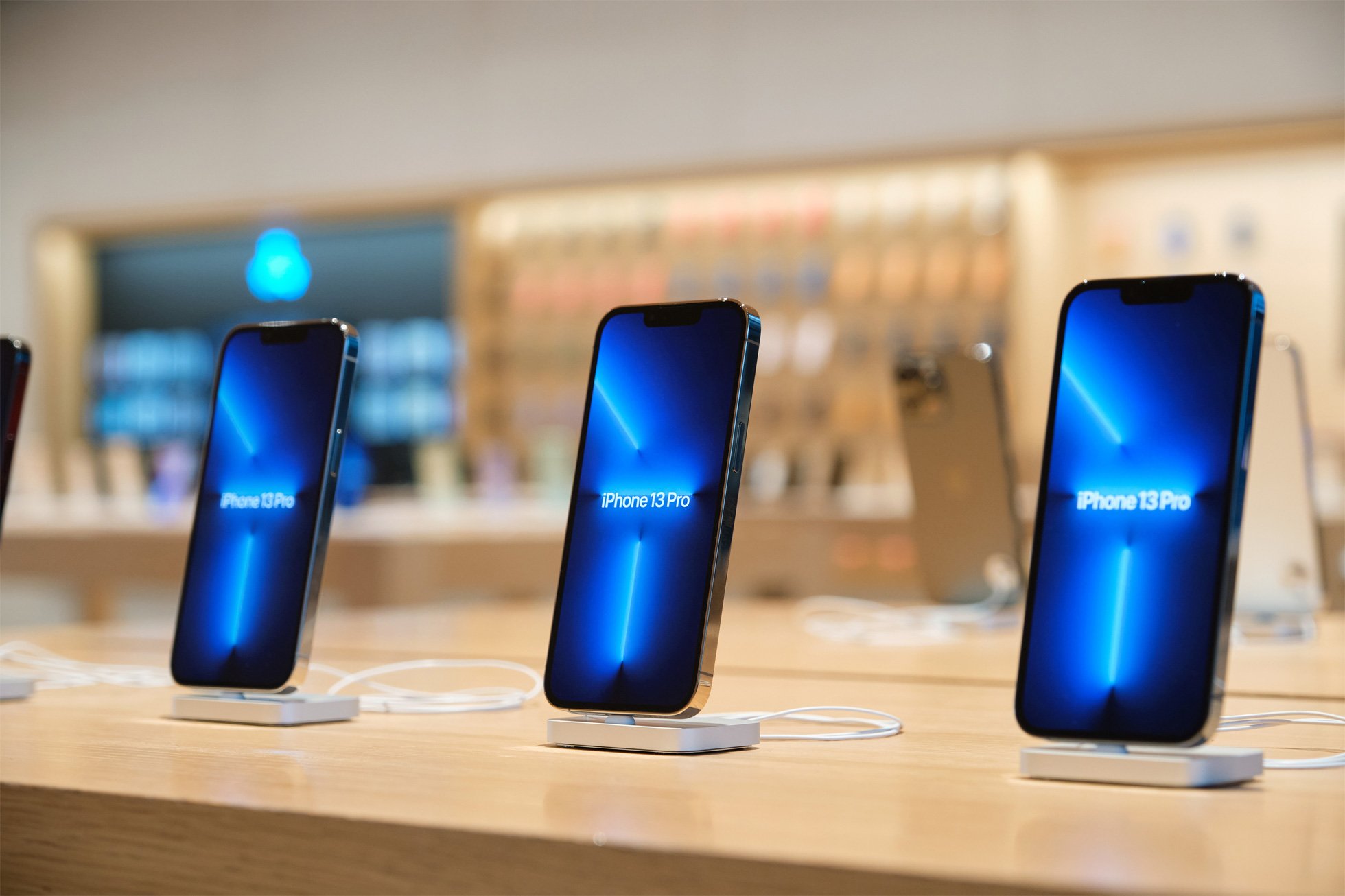iFixit confirms third-party iPhone 13 display swaps disable Face ID

What you need to know
- Repair outfit iFixit has confirmed that swapping an iPhone 13 display will likely break Face ID if done by third-party shops.
- Displays need to be married with a special chip, something that isn't an easy process unless you're part of Apple's repair program.
We've been hearing for weeks that switching an iPhone 13 display out isn't as easy as it should be and that it would likely break Face ID for a ton of people. Now, repair outfit iFixit has confirmed that's the case, writing a lengthy post that goes into the details of what's going down.
In its simplest state, the issue is that iPhone 13 displays are married to a small chip that handles authentication for the screen itself. If that isn't all up to code, by Apple's standards, Face ID will be disabled.
This unprecedented lockdown is unique to Apple and totally new in the iPhone 13. It is likely the strongest case yet for right to repair laws. And it's all because of a chip about the size of a Tic-Tac, tucked into the bottom of a screen.
While this isn't an issue for Apple or those with access to its repair software, it's devastating for small repair shops or people who want to swap their own displays at home.
The iPhone 13 is paired to its screen using this small microcontroller, in a condition repair techs often call "serialization." Apple has not provided a way for owners or independent shops to pair a new screen. Authorized technicians with access to proprietary software, Apple Services Toolkit 2, can make new screens work by logging the repair to Apple's cloud servers and syncing the serial numbers of the phone and screen. This gives Apple the ability to approve or deny each individual repair.
Repair shops who want to invest in the equipment needed to remove the soldered chip and re-attach it to the replacement display may be able to get things back up and running again, the report notes. But the hardware required to do that is an additional cost that some outfits might not be able to afford — and that's before the training required to do such work has been undertaken.
The whole situation means that getting an iPhone 13 display swapped out could be more difficult than any other iPhone, something that's particularly bad news for those with butterfingers. As ever, an iPhone with AppleCare+ is the best iPhone, but that seems to be the case right now more than ever.
You can read the iFixit report for the full lowdown.
iMore offers spot-on advice and guidance from our team of experts, with decades of Apple device experience to lean on. Learn more with iMore!

Oliver Haslam has written about Apple and the wider technology business for more than a decade with bylines on How-To Geek, PC Mag, iDownloadBlog, and many more. He has also been published in print for Macworld, including cover stories. At iMore, Oliver is involved in daily news coverage and, not being short of opinions, has been known to 'explain' those thoughts in more detail, too.
Having grown up using PCs and spending far too much money on graphics card and flashy RAM, Oliver switched to the Mac with a G5 iMac and hasn't looked back. Since then he's seen the growth of the smartphone world, backed by iPhone, and new product categories come and go. Current expertise includes iOS, macOS, streaming services, and pretty much anything that has a battery or plugs into a wall. Oliver also covers mobile gaming for iMore, with Apple Arcade a particular focus. He's been gaming since the Atari 2600 days and still struggles to comprehend the fact he can play console quality titles on his pocket computer.
